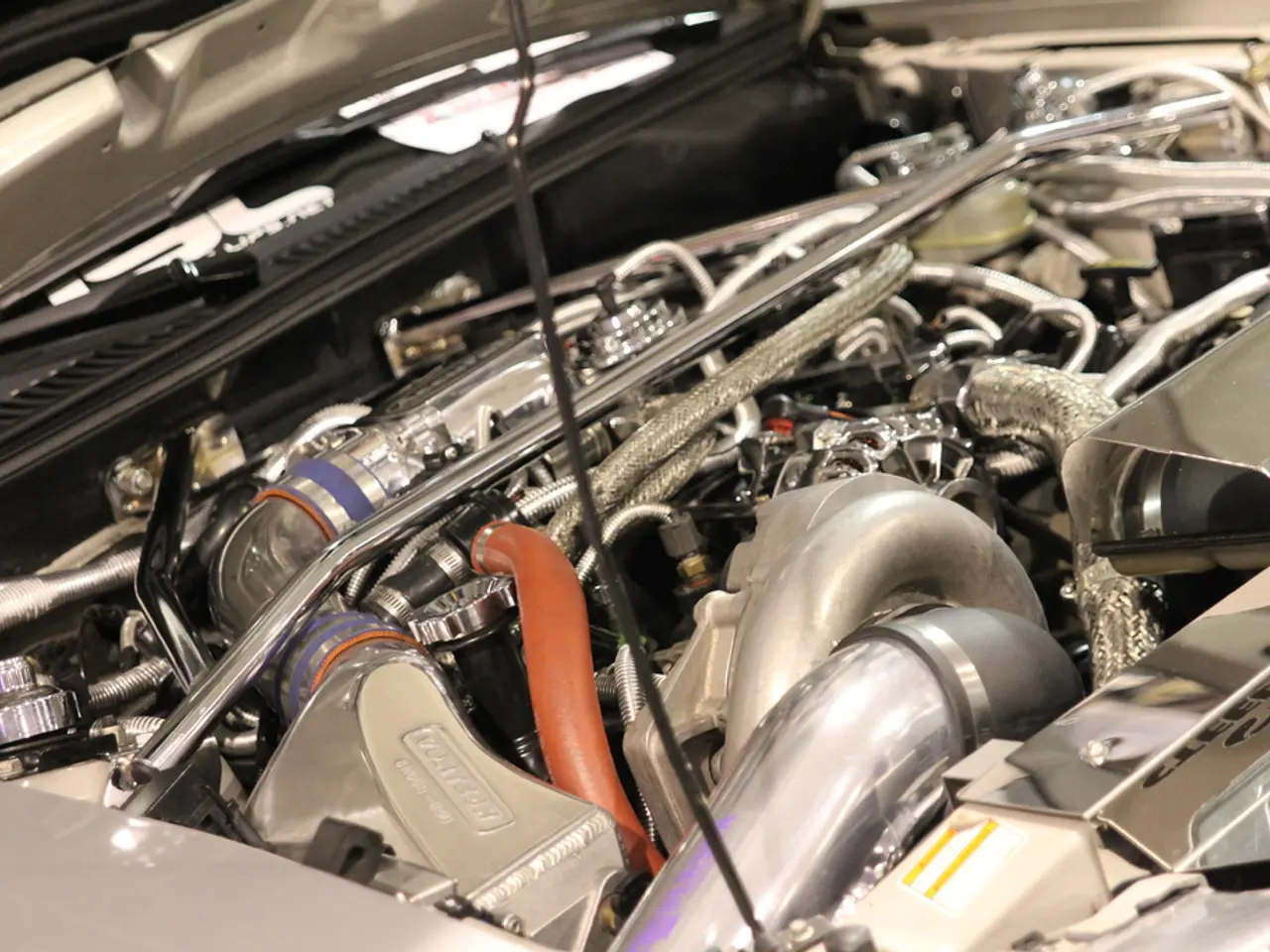Semiconductor company, Solidigm, counteracts industry slump through targeted job reductions.
The global chip shortage continues to significantly impact Solidigm and the broader solid-state drive (SSD) market, but conditions are showing signs of gradual improvement.
### Current Impact on Solidigm and SSD Market
The first quarter of 2025 saw a revenue drop of over 50% for Solidigm, a part of SK Group, to $990 million. This decline was largely due to strategic adjustments by major AI infrastructure customers, suggesting that Solidigm's business has been hit by the slowdown in demand and shifts in AI-related hardware investment cycles.
The SSD market overall has also experienced a decline, with Samsung's enterprise SSD revenue dropping 34.9% month-over-month to $1.89 billion, attributed to seasonal off-season factors, weak demand, and accumulated inventory in North America.
Despite these challenges, companies like Samsung and SK Hynix (Solidigm's parent group) continue to expand shipments of advanced PCIe 5.0 SSDs, signaling ongoing investment in next-generation SSD technologies.
However, the difficulty in assembling new-generation AI products has indirectly impacted SSD order volumes, affecting suppliers like Solidigm.
### Future Outlook
Analysts predict an improvement starting in Q2 2025, driven by the expansion of new-generation chips from NVIDIA and increased AI infrastructure demand in North America. Additionally, Chinese cloud service providers are expected to ramp up data center storage capacity, injecting fresh momentum into the enterprise SSD market.
New SSDs with PCIe 5.0 and upcoming technologies from manufacturers such as Solidigm and competitors will play a crucial role in meeting the higher performance requirements of AI, machine learning, and HPC workloads. For example, high-performance SSDs like KIOXIA’s CD9P Series illustrate the direction toward faster, denser, and more power-efficient SSDs optimized for AI data centers.
The broader SSD market is stabilizing around TLC and QLC NAND flash technologies with gradual transitions planned for new generations, indicating solid-state storage technology will remain robust but evolve more slowly than some anticipated due to cost and complexity.
### Summary
Solidigm, a major player in the solid-state drive (SSD) market, has been negatively impacted in the short term due to chip shortages, AI infrastructure strategic shifts, and inventory challenges, resulting in significant revenue declines. The SSD market faces oversupply and pricing pressure, but advanced SSD products and growing AI/data center demands are expected to drive a recovery starting mid-2025.
Continued innovation in SSD technologies and increased AI workloads will likely stimulate longer-term growth once supply chain and market adjustments stabilize. The downturn can be attributed to reduced demand and excess inventory in the market. Companies that can innovate and deliver SSDs with higher capacities, faster speeds, and lower power consumption will be better positioned to weather the industry downturn.
This outlook reflects a cautious but optimistic medium-term recovery for Solidigm and the SSD industry as chip shortages ease and AI-related storage demand strengthens.
- In the future, an improvement in the SSD market is forecasted starting from Q2 2025, driven by new-generation chips from NVIDIA and increased AI infrastructure demand in North America.
- The broader SSD market is expected to stabilize around TLC and QLC NAND flash technologies as gradual transitions for new generations occur, suggesting continued robustness but slower evolution of solid-state storage technology compared to initial anticipations.
- New SSDs with PCIe 5.0 and innovative technologies from companies like Solidigm and competitors will be crucial in meeting the higher performance requirements of AI, machine learning, and HPC workloads, as illustrated by KIOXIA’s CD9P Series.
- As the industry recovers from the current downturn, companies that can deliver SSDs with higher capacities, faster speeds, and lower power consumption will be better positioned to thrive in the evolving landscape of technology trends in the finance, energy, and AI sectors of the global industry.




